Textile enterprises face difficulties in 2023
According to a report by the Ministry of Industry and Trade released in early November 2022, the prospect of orders in Vietnam's textile and garment sector for the fourth quarter of 2022 and the first six months of 2023 is not positive because many major export partners are facing high inflation and high unsold inventories.
The number of orders placed in the fourth quarter of 2022 fell 25-50 per cent from the second quarter of 2022.
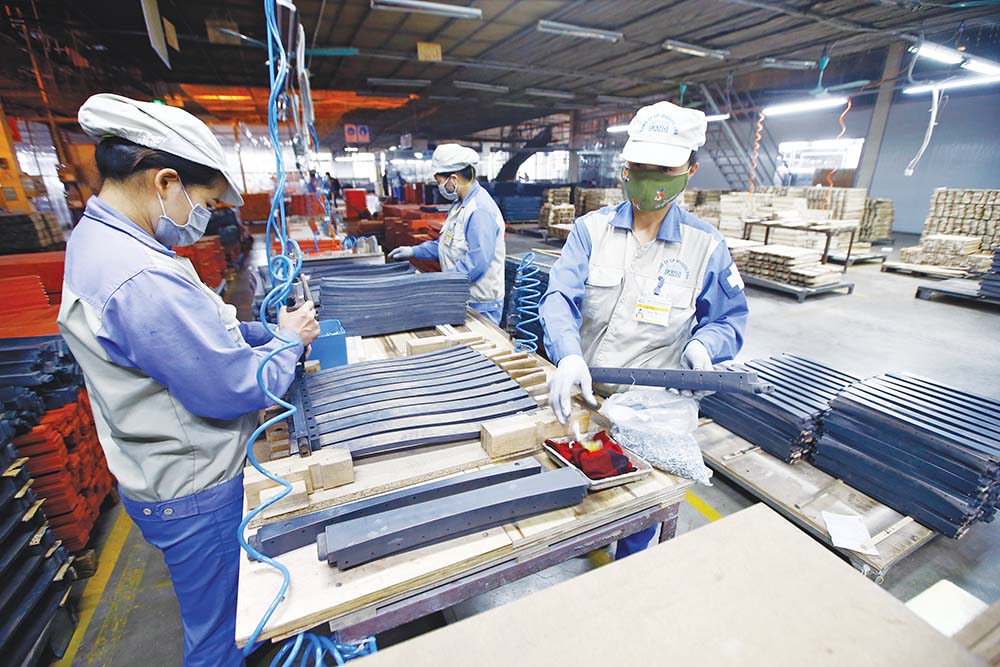
Luong Van Thu, general director of Dap Cau Garment Company, in the northern province Bac Ninh, said that it is extremely difficult for enterprises to plan business for 2023 in the context of global market fluctuations. “It’s necessary for enterprises to closely monitor world economic situation, especially the major export markets of the textile and garment sector, to make appropriate business plans,” he said.
A representative of a leather and footwear business in the southern province of Binh Duong shared that the number of orders in November and December decreased by 30 per cent compared to the average number of the third quarter of 2022, even though difficulties are forecasted to last into next year.
Additionally, processing orders are also squeezed in price by about 15 per cent while input costs continue to increase.
Inflationary pressures in many major economies are posing risks to the recovery, even causing the global recession. In October, the International Monetary Fund predicted global growth will slow to 2.7 per cent next year, 0.2 percentage points lower than its July forecast.
The tightening monetary policies in many major economies have reduced the demand for goods, impacting the production and export of many countries, including Vietnam.
With the large openness and deeper international integration, Vietnam is significantly affected by fluctuations in the world economy. Building careful business plans is a suitable solution for enterprises to adapt in the context of the volatile market.
A representative of Dap Cau Garment Company said that the company has approved the business plan for next year with several growth scenarios. But he said the company is currently confused by the unpredictable market situation.
Truong Van Cam, general secretary of the Vietnam Textile and Apparel Association (VITAS), said that in the context of a decline in textile orders due to the decrease in purchasing power of the US and EU markets, it is time for enterprises to restructure, invest in greening models, catching up with the increasing trend of applying sustainable development standards in the world’s textile market.
VITAS also proposed two export scenarios for 2023. In the first, if difficulties in Q4/2022 continue, the garment and textile sector may reach an export turnover of $47-48 billion for the whole year, up 8 per cent on-year. Meanwhile, in the second scenario, in the event of difficulties lasting until mid-2023, the figure may hit $46 billion, a slight on-year rise.
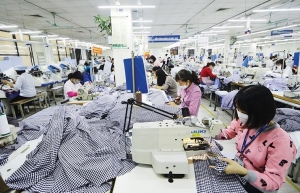 | Textile and apparel firms increasingly going green Going green increasingly becomes an inevitable trend among firms in the textile and apparel sector, with more units bolstering investment into greening their production. |
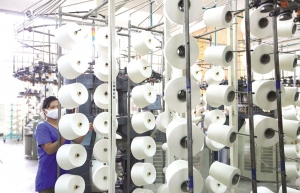 | Textile and garment groups feeling global squeeze A lack of orders is throwing a wrench into the works of textile and footwear enterprises that are already struggling with increasingly higher production costs than the competition in other markets. |
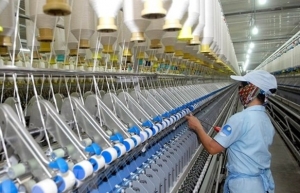 | Sustainability key to cotton production growth: Experts Sustainable cotton production will drive continuous improvement of the garment and textile industry's key indicators for sustainable development, according to experts. |
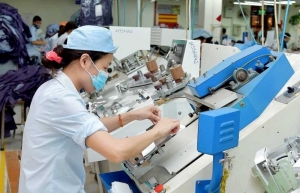 | Garment and textiles going green in push to hit turnover goals The garment and textiles industry in Vietnam is going green, with a series of companies and factories embracing eco-friendly initiatives firmly in line with global trends. |
What the stars mean:
★ Poor ★ ★ Promising ★★★ Good ★★★★ Very good ★★★★★ Exceptional
Related Contents
Latest News
More News
- Vietnam bucking trend in the global M&A landscape (December 16, 2025 | 14:20)
- Vietnam’s green transition demands collective financial action (December 15, 2025 | 12:00)
- VIR workshop highlights capital and policy for sustainable development (December 15, 2025 | 11:00)
- National Assembly approves pilot mechanisms to accelerate major projects in Hanoi (December 12, 2025 | 11:29)
- Vietnam eases policy approval requirements, simplifies foreign and outbound investments (December 11, 2025 | 17:53)
- Unpacking new momentum in Vietnam’s M&A market (December 10, 2025 | 09:59)
- Forum honours outstanding M&A deals, strategies, and advisory firms (December 09, 2025 | 18:22)
- Vietnam enters defining phase of M&A growth (December 09, 2025 | 17:00)
- Vietnam’s M&A market opens new opportunities amid strong economic momentum (December 09, 2025 | 15:00)
- Vietnam M&A Forum 2025: new position, new momentum (December 09, 2025 | 14:30)

 Tag:
Tag:

























 Mobile Version
Mobile Version